Analysis of surfaces
ANALYZING AND UNDERSTANDING SURFACES
We analyze aluminum surfaces from chemical composition to damage.
Chemical analyses are the fundamental prerequisite for the development of stable surface treatment processes. Our wide range of options in inorganic element analysis, organic analysis and polymer analysis perfectly support the work of our experts in many process steps.
Chemically analyzed
Alloy analyses, process bath controls and the determination of surface chemistry ensure consistent quality in operation;
| 6082 | 5005 |
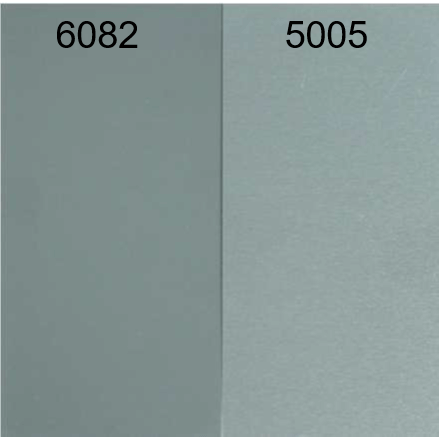
Alloy analyses
If there are differences in the surface despite the same baths and process parameters, different alloys may be the reason. . The alloy plays a significant role in surface treatments such as anodizing, polishing and colouring. In the example on the right, a 5xxx and a 6xxx alloy were anodized with the same parameters. The alloys deposit different alloying elements in the oxide layer, which is reflected in the color (grey tone of the oxide layer). We determine the alloy composition using spark spectrometry or wet chemistry.
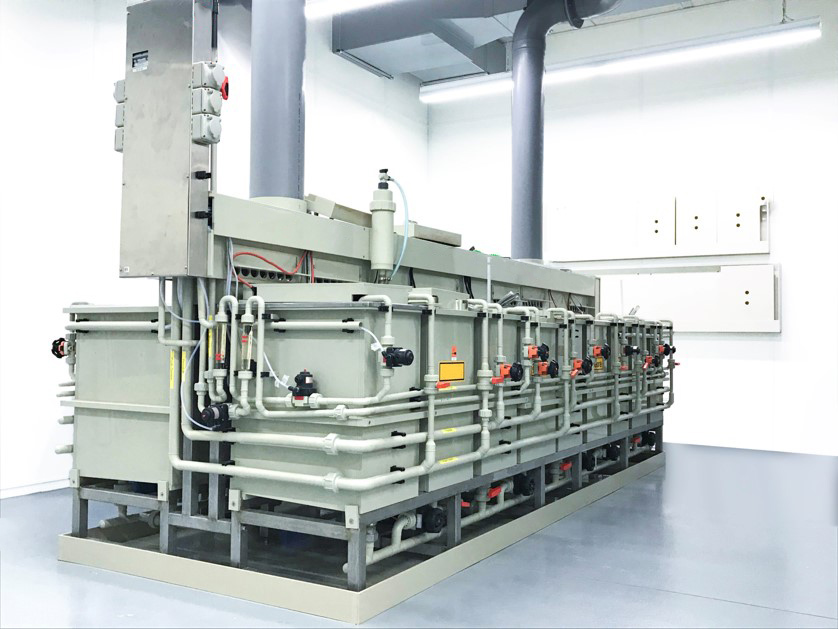
Laboratory electroplating at Suisse Technology Partners
Process bath analyses
The composition of the bath is crucial for the development and reproduction of functional and decorative surfaces. For quality assurance, we use wet chemistry to determine various parameters that are crucial for a perfect surface with consistent quality. We use process bath analyses for: among other things
- Salary determination
- Proof of dye bath activity
- Detection of bath toxins
- etc.
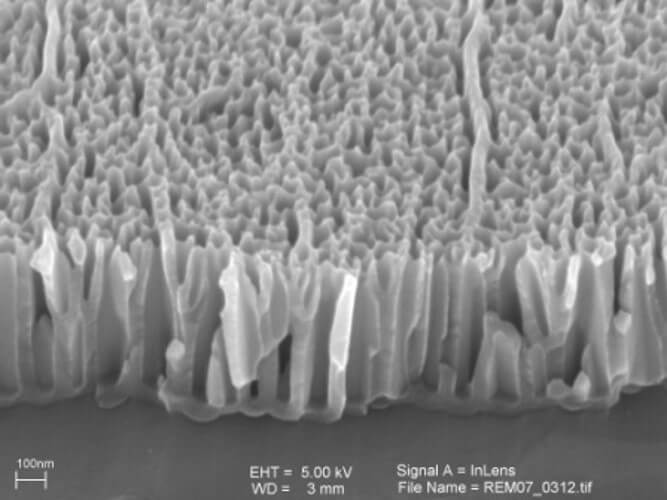
Surface chemistry
By determining the surface chemistry, we investigate chemical and structural processes that take place at the interfaces. This involves the elemental composition of the surface, as well as the concentration and distribution of the elements in the depth profile of the surface. This enables us to ensure that, for example, no residual surface impurities affect subsequent processes after degreasing and pickling. This is where our chemists and materials scientists make use of our various analysis devices, such as REM-EDX, XPS, FTIR, RFA.
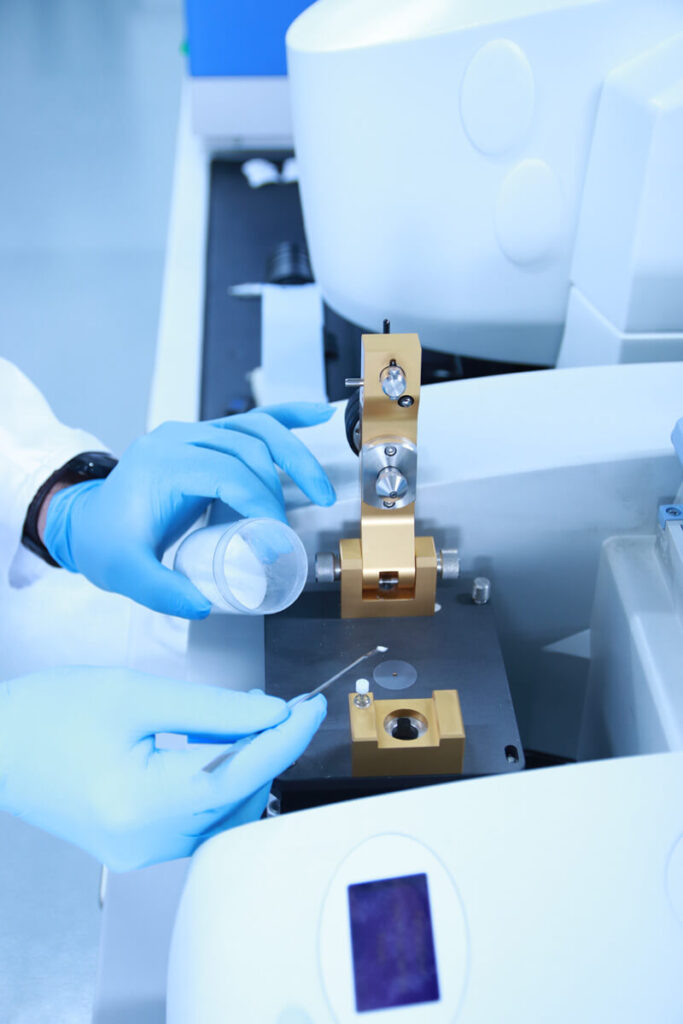
Analysis of the paint system
In our polymer laboratory, we are able to specifically examine the quality of your coating systems or any irregularities that occur. Depending on the results of the analyses, we can suggest optimizations for the process or the systems used.
For example, we examine the type of coating or composition on the basis of our FT-IR spectrometer, or the degree of curing with our thermogravimetric analysis (TGA).
With our scanning electron microscope(SEM), we can specifically analyze the distribution of pigments or particles.
Possible infiltrations of paint systems that are exposed to corrosion can be specifically examined for weak points in the coating structure.
Schadensanalyse
Viele Einflussfaktoren beeinflussen die Qualität einer Oberfläche im Serienprozess. Von der Legierung, über die Oberflächenchemie, über Prozessbadparameter wie Temperatur, Badzusammensetzung, etc.
Sie haben eine Veränderung an Ihrem Produkt festgestellt oder Ihr Kunde reklamiert bei Ihnen einen Schaden? Natürlich bieten wir die Ihnen genannte Kompetenz auch an um zielgerichtete Schadensanalysen mit lösungsorientierter Beratung zu liefern.
Deshalb ist es entscheidend die Ursachen für Unregelmässigkeiten einer Oberfläche zu identifizieren, um an den richtigen Stellschrauben zu drehen.
Neben den bereits beschriebenen Analysemöglichkeiten in der Chemie sind für eine solche Ursachen- bzw. Schadensanalyse an der Aluminiumoberfläche auch die metallographischen Kompetenzen und die entsprechenden Analysemethoden von Bedeutung. Dazu gehören beispielsweise:
- Oberflächen- /Bruchflächenanalyse mittels REM
- Gefügeuntersuchungen am Schliff
- Bruchflächenuntersuchungen mittels Stereomikroskopie
- Fraktographie mit ultra-hochauflösendem FEG-SEM einschließlich modernster Analysemöglichkeiten (EBSD, EDX, BSE, In-Lens-Detektor)
- automatisierte Bildanalyse zur quantitativen Bewertung der Mikrostruktur
- Bestimmung der Sealingqualität
Somit lassen sich die wahren Ursachen einer Abweichung der geforderten Qualität ermitteln. Ob das Grundmaterial ihres Kunden, die chemischen Hilfsmittel ihres Lieferanten oder tatsächlich ihr Galvanikprozess Imperfektionen zeigt. Wir suchen für Sie den wahren Grund.
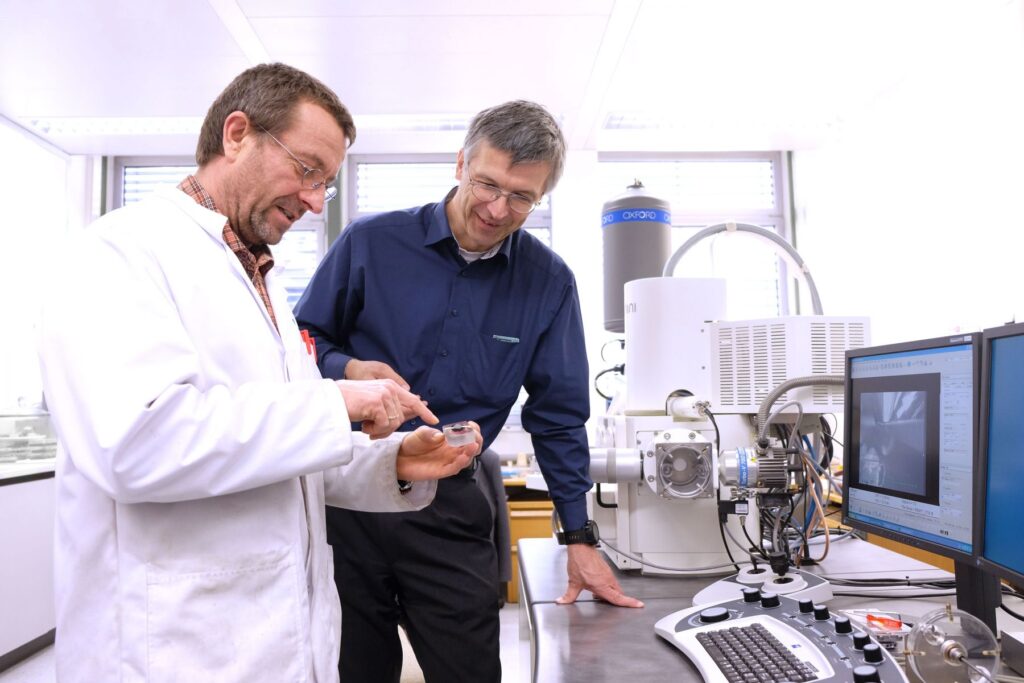
BEISPIELE, WAS MAN AUS WERKSTOFFPRÜFUNGEN FÜR DAS LEBENSDAUERVERHALTEN ABLESEN KANN
- Metallographische bzw. materialographische Untersuchungen zeigen Seigerungen, Risse (z.B. Härterisse), Randschichten (z.B. Nht, Aufkohlung), Wärmeeinflusszonen bei Schweissnähten, Kaltverformung, Korrosionsart bzw. Korrosionsverlauf (z.B. Flüssigmetallversprödung, Spongiose, Entzinkung), welche sich negativ auf die Lebensdauer eines Bauteils auswirken können.
- Optimierung von Wärmebehandlungen aus einer Kombination von Gefügeanalysen und mechanischen Prüfungen
- Qualitätssicherungsanalysen an Halbzeugen (z.B. Korngrössenermittlung, Legierungszusammensetzung, Härteprüfung) ermöglichen die Absicherung einer gleichbleibenden Qualität der Ausgangsprodukte




